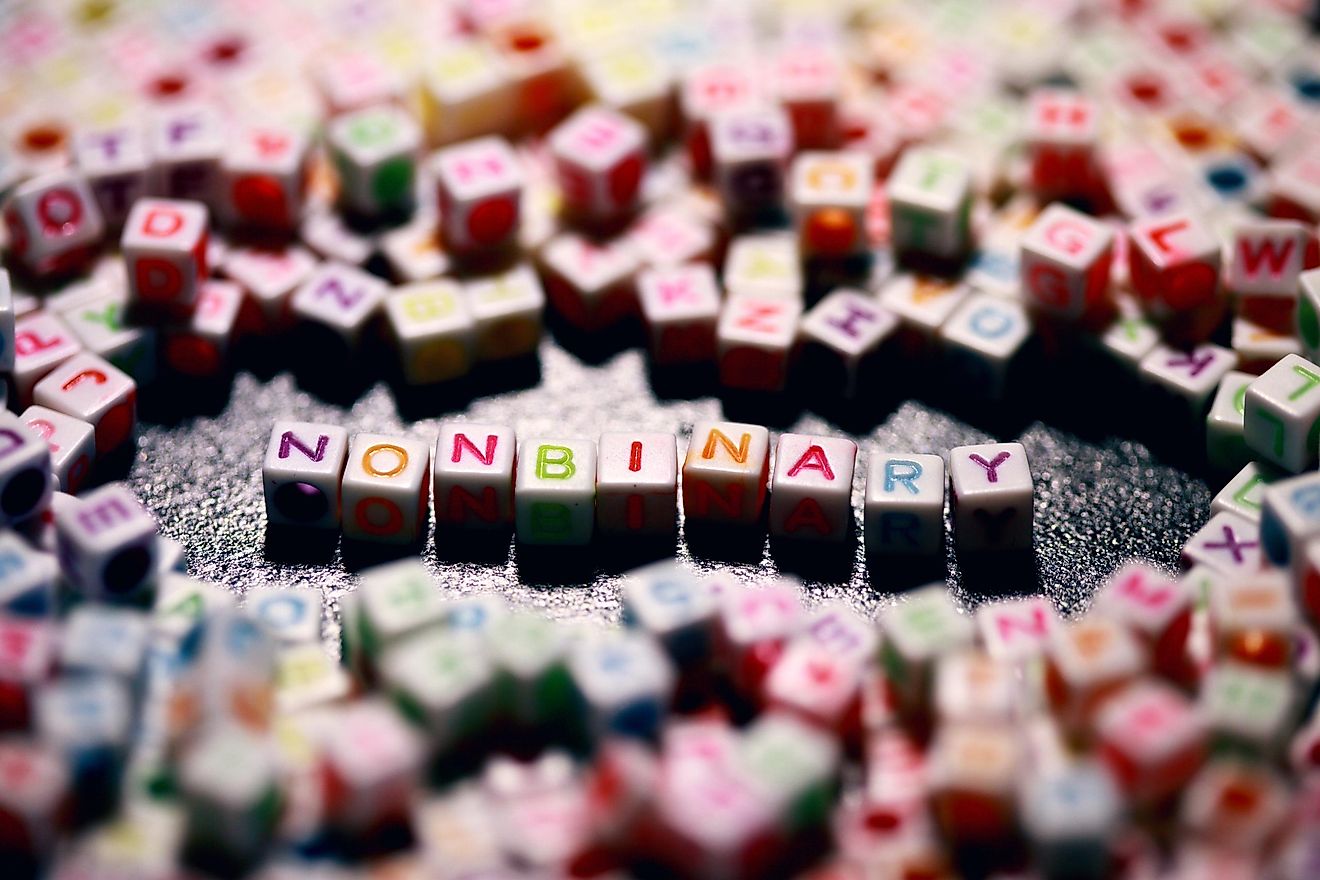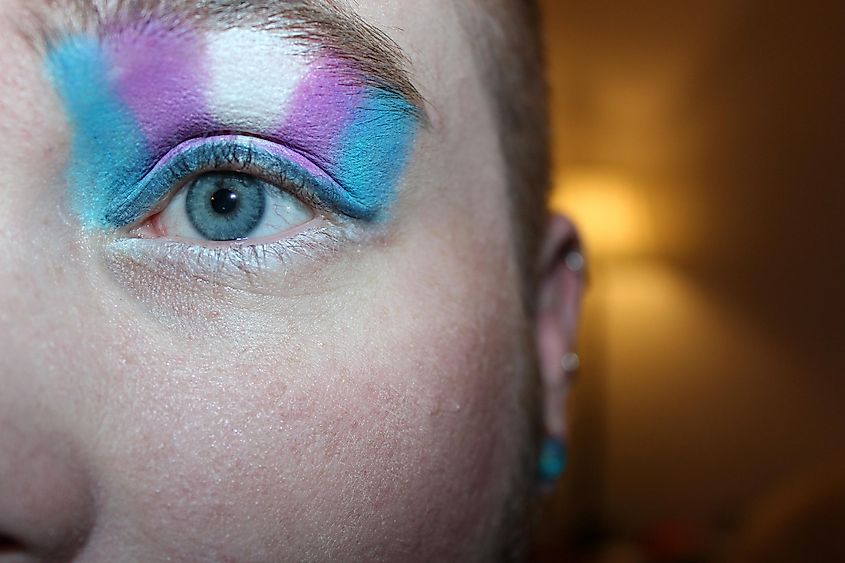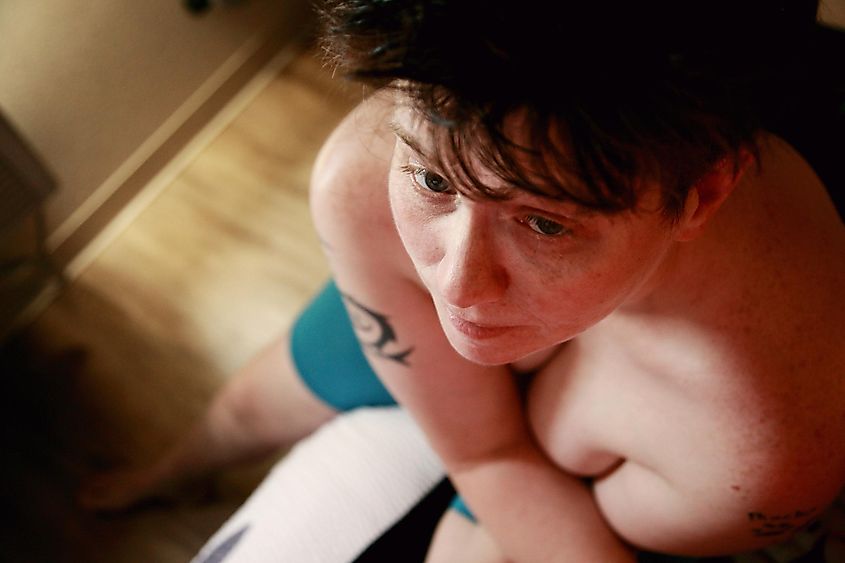What Is Non-Binary?

- non-binary blurs the line between traditional male and female genders
- they can fluctuate between being a man or woman - sometimes or permanently
- non-binary and other non-traditional gender-identifying individuals played large parts in history
As our cultures constantly evolve, different words and phrases begin to enter the languages of the world. Not all of these terms are for new concepts, though. Sometimes it takes a long time for humanity to catch up and understand things that have been around for millennia.
One category this applies to is gender identities. Although everyone is now familiar with terms like heterosexual, homosexual, transgender, and bisexual, less familiar ones like and non-binary are now becoming more recognized.
A Definition

Like the other terms above, non-binary blurs the line between traditional male and female genders. Rather than being put into one of these boxes, non-binary individuals fit somewhere in between. This means that they can fluctuate between being a man or woman - sometimes or permanently. Or, they may have no gender at all. Other words that fall under the non-binary umbrella include genderfluid, third gender, bigender, and agender. Another way of explaining this is that non-binary people are not exclusively female or male.
Also, some non-binary individuals also identify as transgender; others do not. A trans non-binary person does not identify with the sex they were assigned at birth (their anatomy) and is also not exclusively female or male.
Some History
Looking back, it is clear that non-binary and other non-traditional gender-identifying individuals played large parts in history. Although they were not classified, there are many examples of people who did not fit into the female and male molds:
Hatshepsut: This Pharaoh ruled Ancient Egypt at around 1400 BCD. She was one of the few females to do so, and statues were made to celebrate her strength. Those that survived depict her with a feminine face, a man’s body, and men’s clothing.
Joan of Arc: This historical hero had a short life (1412-1431), and was a “tough cross-dressing teenage warrior” in her day. Wearing men’s clothes, she led a French army to victory at the tender age of 17. Although she was made a saint, she was executed at age 18 for wearing men’s clothing.
Thomas Hall: Raised as a female, this gender non-conforming individual was born with the name Thomasine around 1600 in Newcastle-upon-Tyne, England. When she was in her 20s, her brother was drafted into the army. Thomasine cut off her hair, put on male clothing, changed her name to Thomas, and joined the army. Later, Thomasine returned to living as a woman. Then in 1627, she donned men’s clothes once again and moved to Virginia. She vacillated between doing men and women’s work for many years.
Diversity and Acceptance

The non-binary category is very diverse, and the individuals who are part of it can be fixed or fluid. Generalizing all of them is neither accurate nor helpful. To ease confusion, it helps to simply communicate and make them as comfortable as possible. Ways to do this include asking them how they would like to be addressed and treated. They should also be given equal access to services and events if they wish.
Non-binary people face discrimination and other forms of mistreatment by other populations. Becoming educated about them and keeping an open mind can pave the way for overcoming this and promoting equality for all people, no matter what category they (sort of) fit into.











